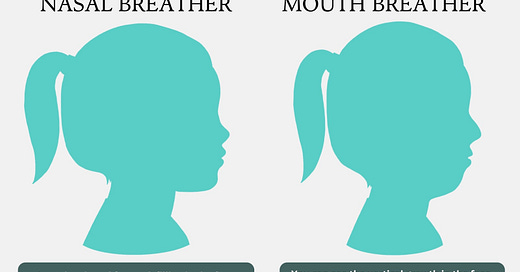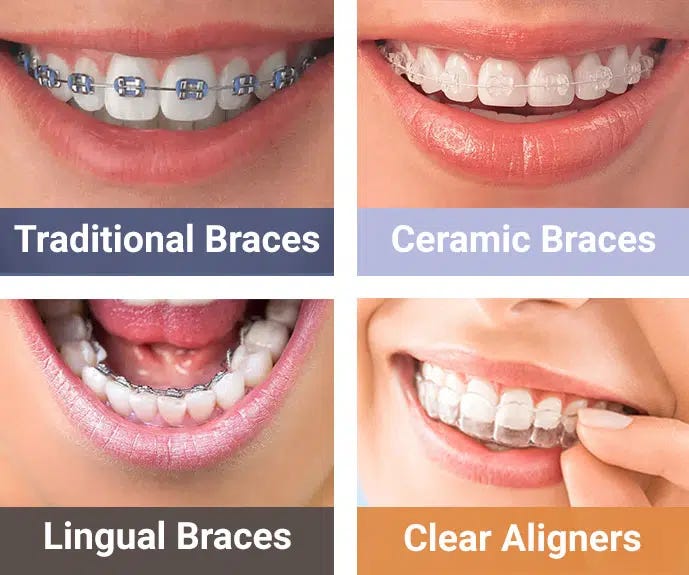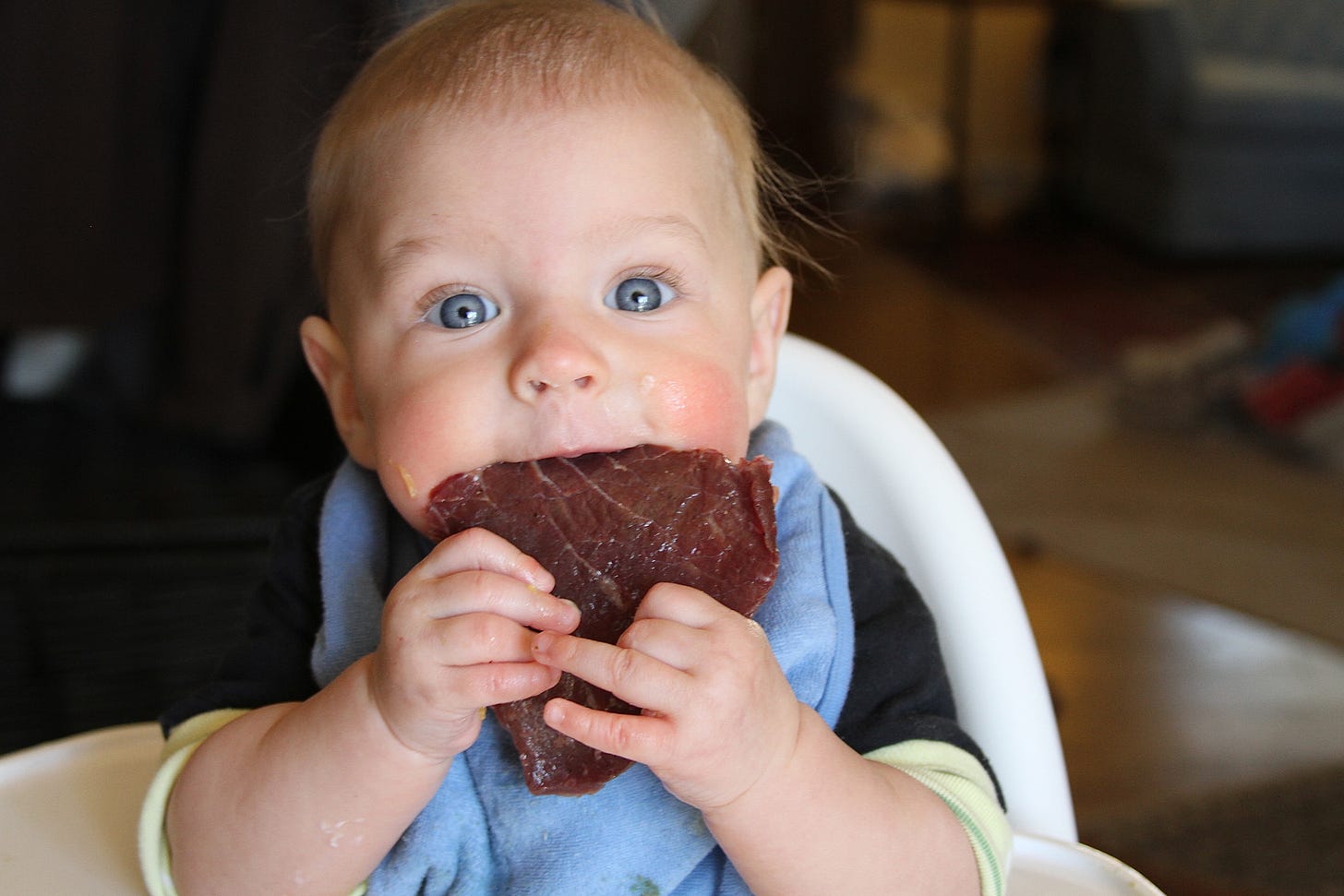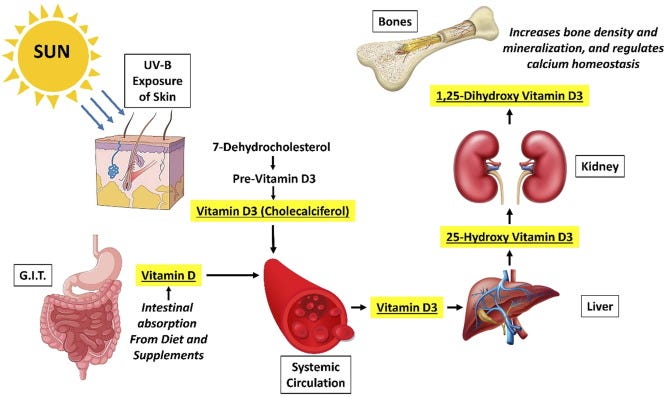The Overlooked Growth Spurts That Shape Your Child’s Face for Life
Facial bones grow in powerful surges from ages 7 to 18. Miss the window, and it’s harder to fix. Learn what influences growth—and what braces don’t fix....
We often think of facial development as something that happens in early childhood—but that’s only half the story.
In reality, the human face continues to grow and remodel well into the teenage years. And just like height, this growth happens in spurts, not a straight line. Unfortunately, these windows of opportunity are frequently missed—by parents, dentists, and even orthodontists.
And when we miss them?
We don't just end up with crooked teeth—we end up with underdeveloped airways, facial asymmetries, TMJ issues, and nervous system dysregulation that show up as fatigue, mouth breathing, poor sleep, anxiety, and even scoliosis-like compensation patterns.
Let’s break this down….
🦴 The Timeline of Facial Growth Spurts
Here’s what research and clinical experience show about facial bone development:
Ages 7–9: Early expansion of the nasal floor, palate, and sinus cavity. This is when the midface starts to widen—if it's supported.
Ages 11–13 (girls) / 13–15 (boys): The majority of lower jaw growth happens. The mandible grows forward and downward rapidly.
Ages 16–18: Final shaping of the cheekbones (zygomatic width) and nasal base.
These windows are critical. If the right conditions aren’t present—like proper tongue posture, nasal breathing, and nutrient sufficiency—the face adapts by growing down and back, instead of forward and wide.
🚫 Modern Life Is Collapsing the Face
Let’s talk about the real-world inputs that are altering facial development:
Soft, processed diets → less chewing = less jaw stimulation
Bottle feeding and pouch feeding → bypasses natural tongue-palate pressure
Mouth breathing → narrows the palate and weakens the upper airway
Forward head posture → shifts facial and spinal development
Indoor lifestyle → low vitamin D and nitric oxide
Lack of orofacial awareness → tongue ties, mouth breathing, and dysfunctional swallowing go unaddressed
And when these aren’t corrected during key growth spurts, children and teens are left with structural limitations that carry into adulthood.
👀 Red Flags in Adolescents
During these growth spurts, you may notice:
One side of the jaw growing faster than the other
Increasing overbite or receding chin
Deep palate, gummy smile, or narrow dental arch
Mouth breathing or snoring at night
Relapse after braces
TMJ tension, fatigue, poor posture, or chronic congestion
These aren’t “just cosmetic” or “just hormonal.” These are functional signs that the face—and therefore the airway and nervous system—are under strain.
😬 Braces: Why It’s Not the Answer Most Think It Is
We’ve been trained to wait until teeth are crowded, then throw braces on to straighten them.
But here’s the thing:
Braces can slightly expand the dental arch, especially with techniques like Damon braces or light wire protocols—but they’re not designed to guide true skeletal growth of the face.
They move the teeth within the limitations of an already underdeveloped structure.
And in many cases, if expansion is attempted too late, it’s minimal and unstable without underlying muscle and tongue support.
Braces are often a last-ditch cosmetic fix after the opportunity for natural, supported growth has passed. They manage the symptoms of underdevelopment but rarely fix the cause.
The better approach? Guide facial growth early—when bones are still moldable and the airway can still be protected.
🧰 Tools That Support Natural Expansion
You don’t need to wait for a crowded mouth to act. These tools can be used before braces ever become necessary:
Myomunchee: A chewing device that activates jaw muscles, improves oral posture, and promotes facial tone in toddlers and kids.
Biobloc Orthotropics: A facial-growth guidance system that promotes forward development of the jaw and midface—supporting the airway and symmetry.
Functional orthodontics & ALF appliances: Gentle expansion and guidance that respects cranial rhythm and overall structure.
Tongue tie releases + myofunctional therapy: To restore proper swallowing, lip seal, and tongue posture—essential for driving growth from the inside out.
🛠️ How to Support Proper Growth
Here’s what you can do:
Encourage chewing real food—meats, roots, fibrous fruits.
Prioritize nasal breathing, especially during sleep.
Get outside daily—sunlight and vitamin D are non-negotiable for bone development.
Screen for tongue ties, mouth breathing, and low tongue posture.
Work with airway-conscious dentists, osteopaths, myofunctional therapists & postural restoration trained providers.
Address posture, body tension, and visual strain (they all shape the face).
🎯 Final Thought
You can’t “fix” poor facial growth with braces after the window closes.
But you can guide it—if you catch the window early enough.
Facial symmetry isn’t just about looks. It’s about airway, sleep, neurological regulation, and total body health.
Let’s stop waiting for dysfunction to appear—and start creating the conditions for thriving.
If this resonated with you, hit the 💬 comment button, share it with a parent, or forward this to your pediatrician or orthodontist. I’ll be diving deeper into jaw growth, asymmetry, and cranial patterns in future posts—subscribe if you want to stay in the loop.
Keep Learning,
❤️Aleena








Yessss! Thank you for discussing this! I am putting the pieces together now and hope parents learn this lesson before their children have to figure it all out themselves...! Lots of love to you